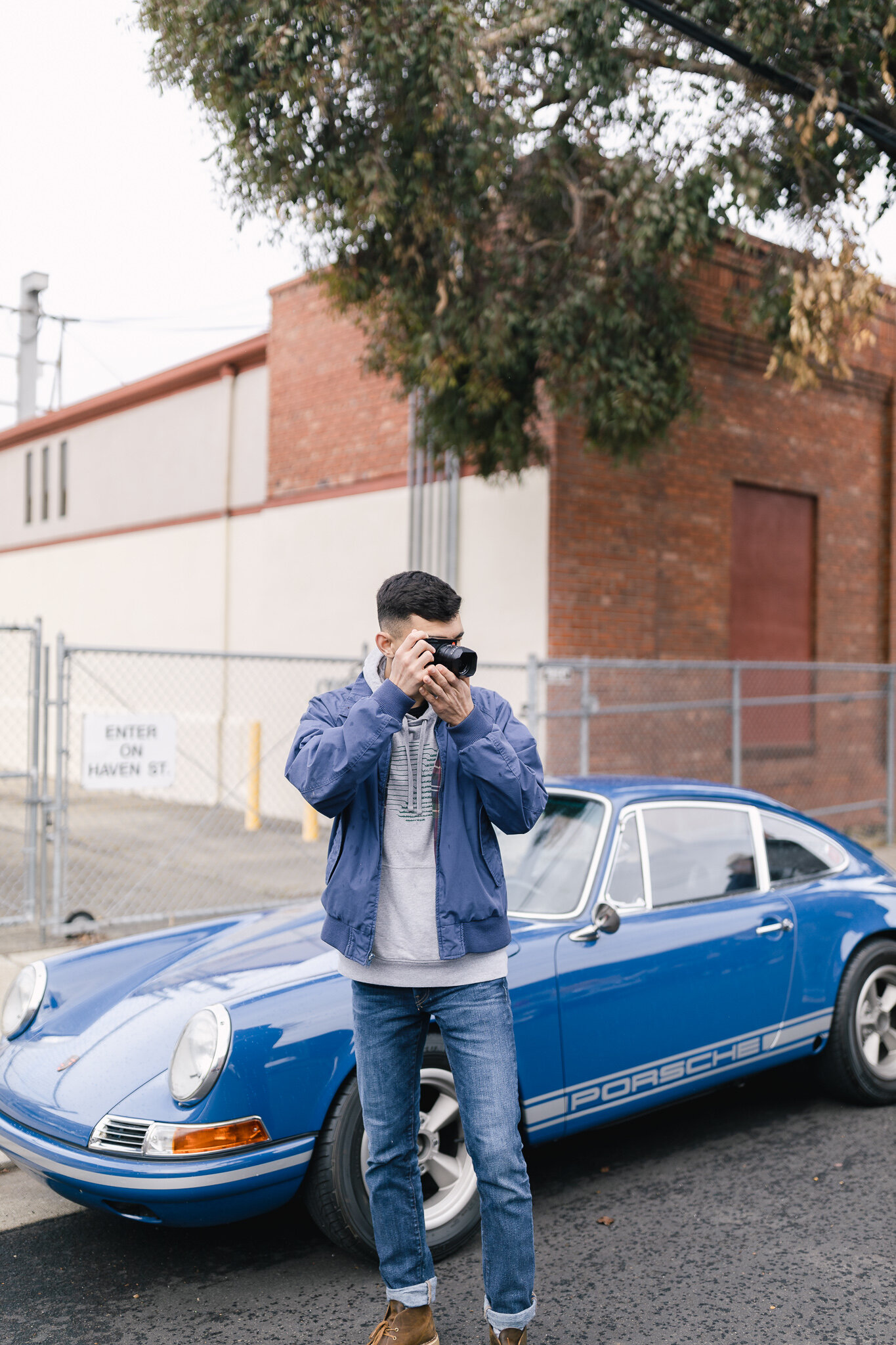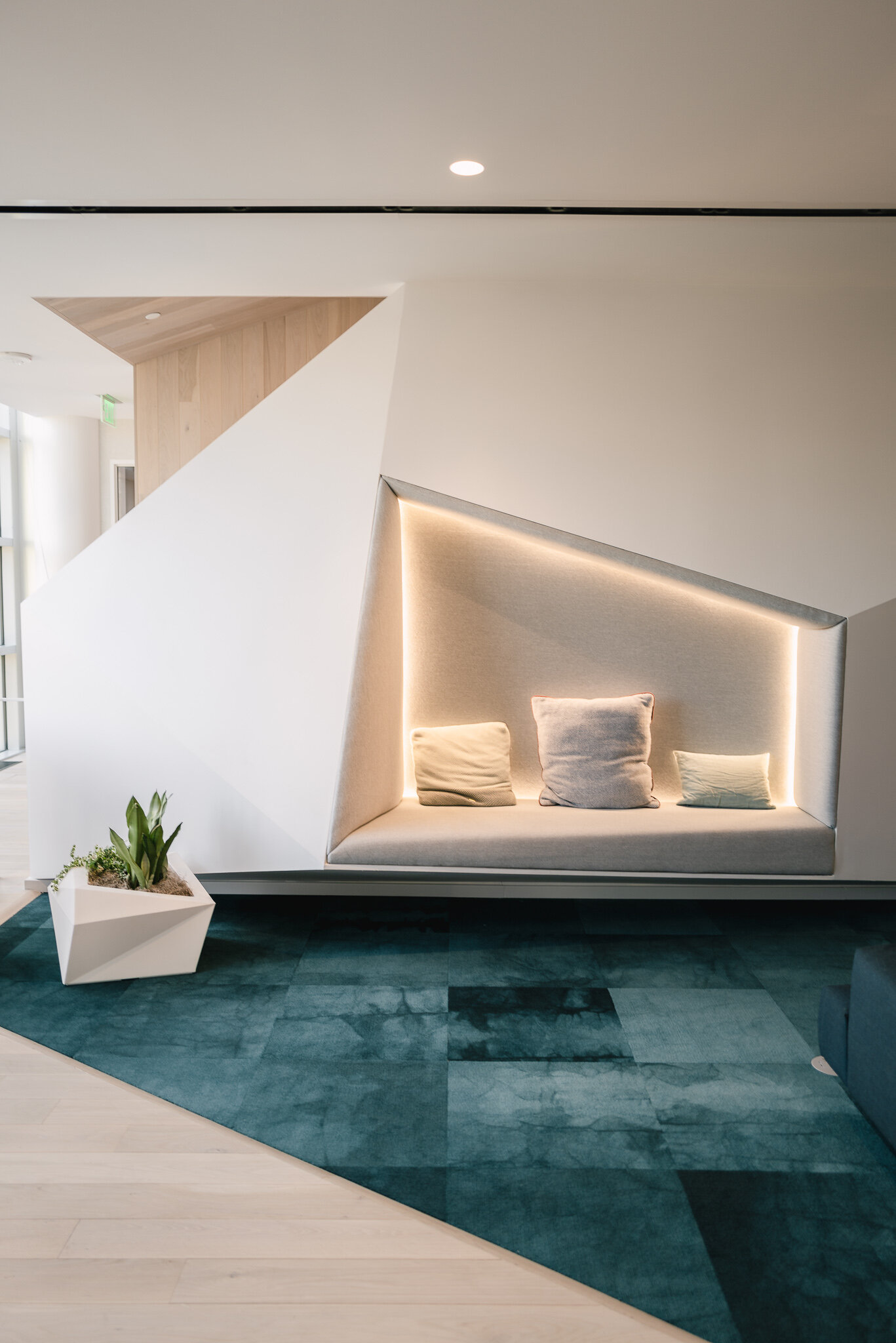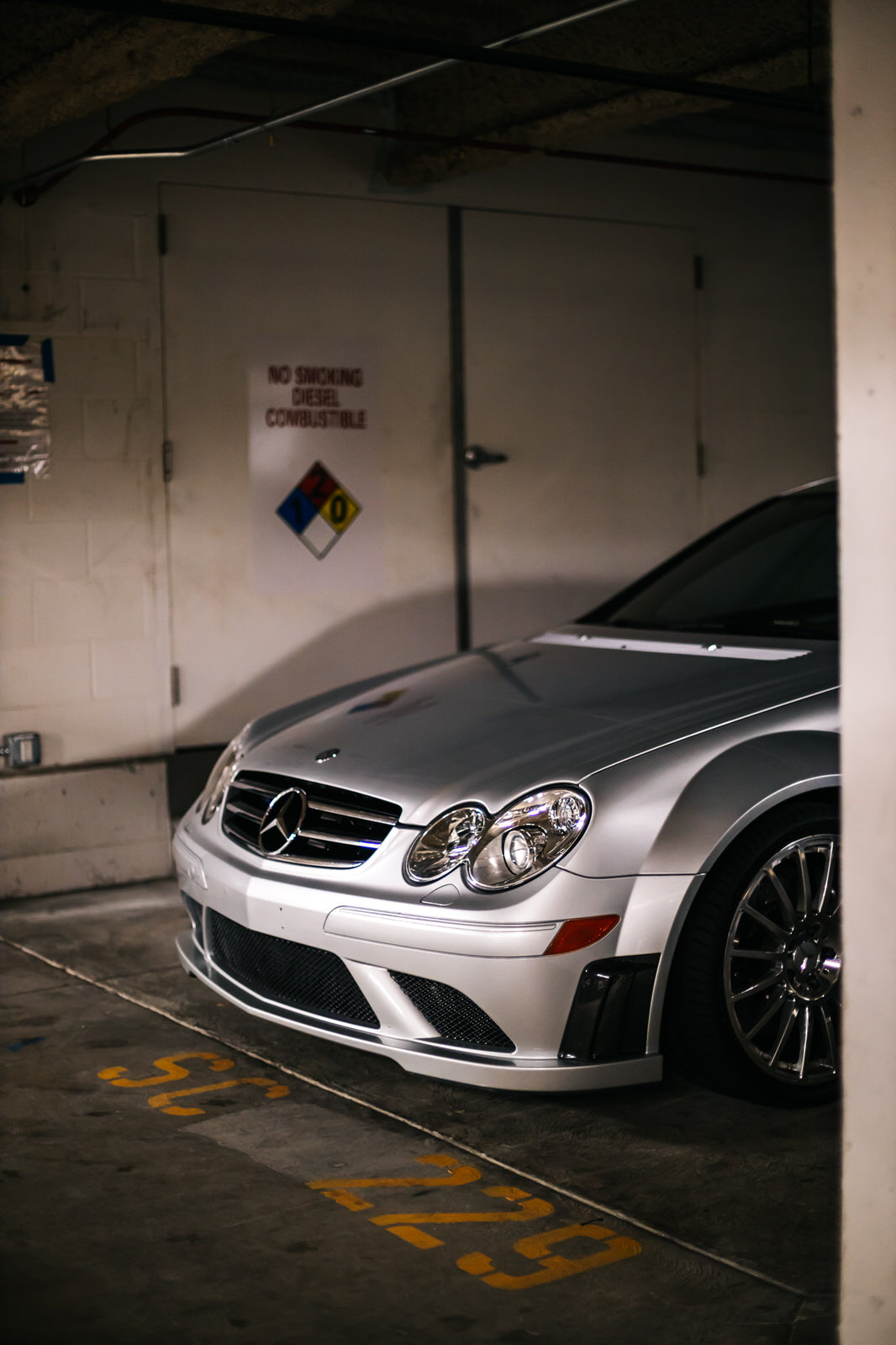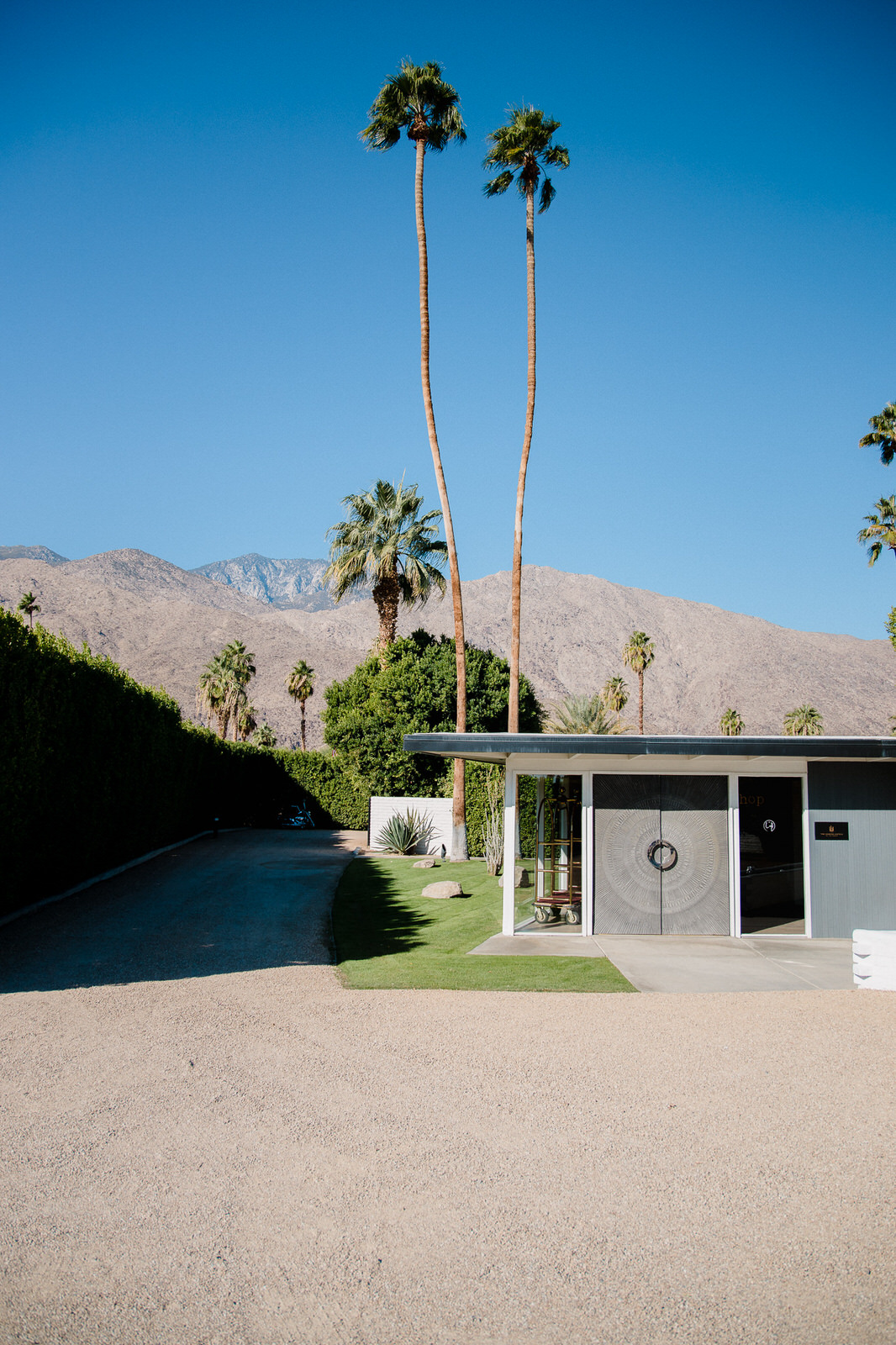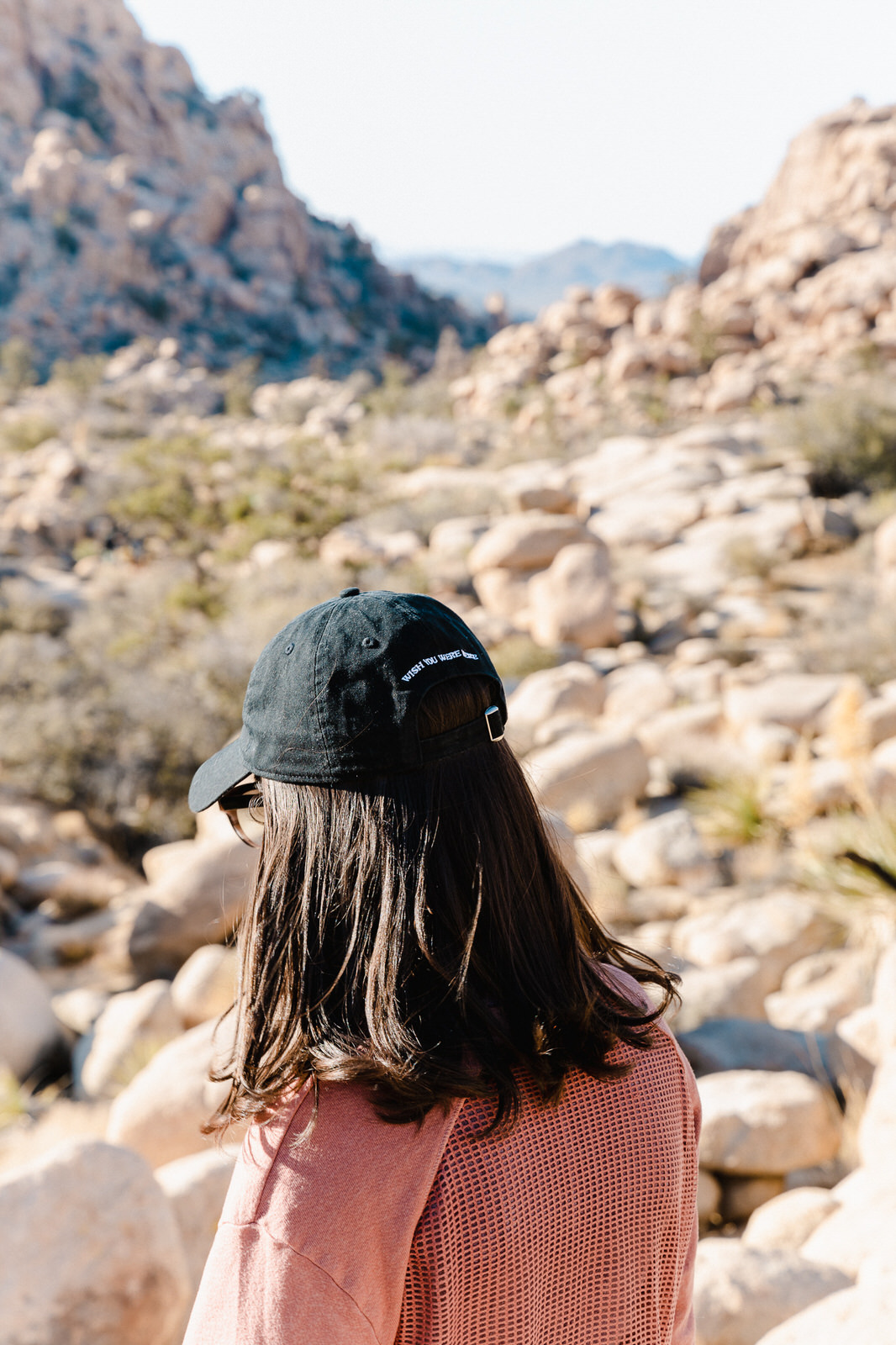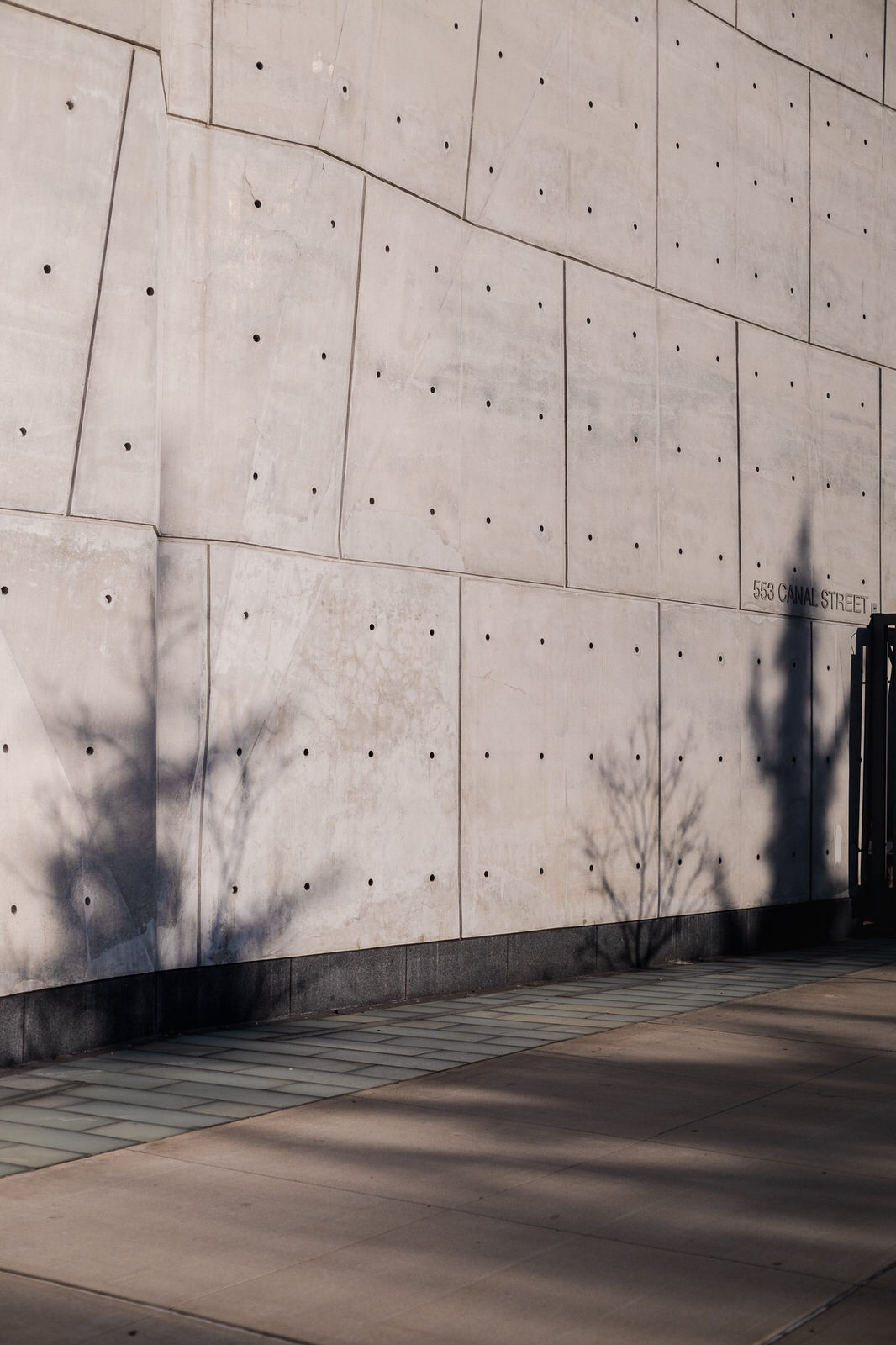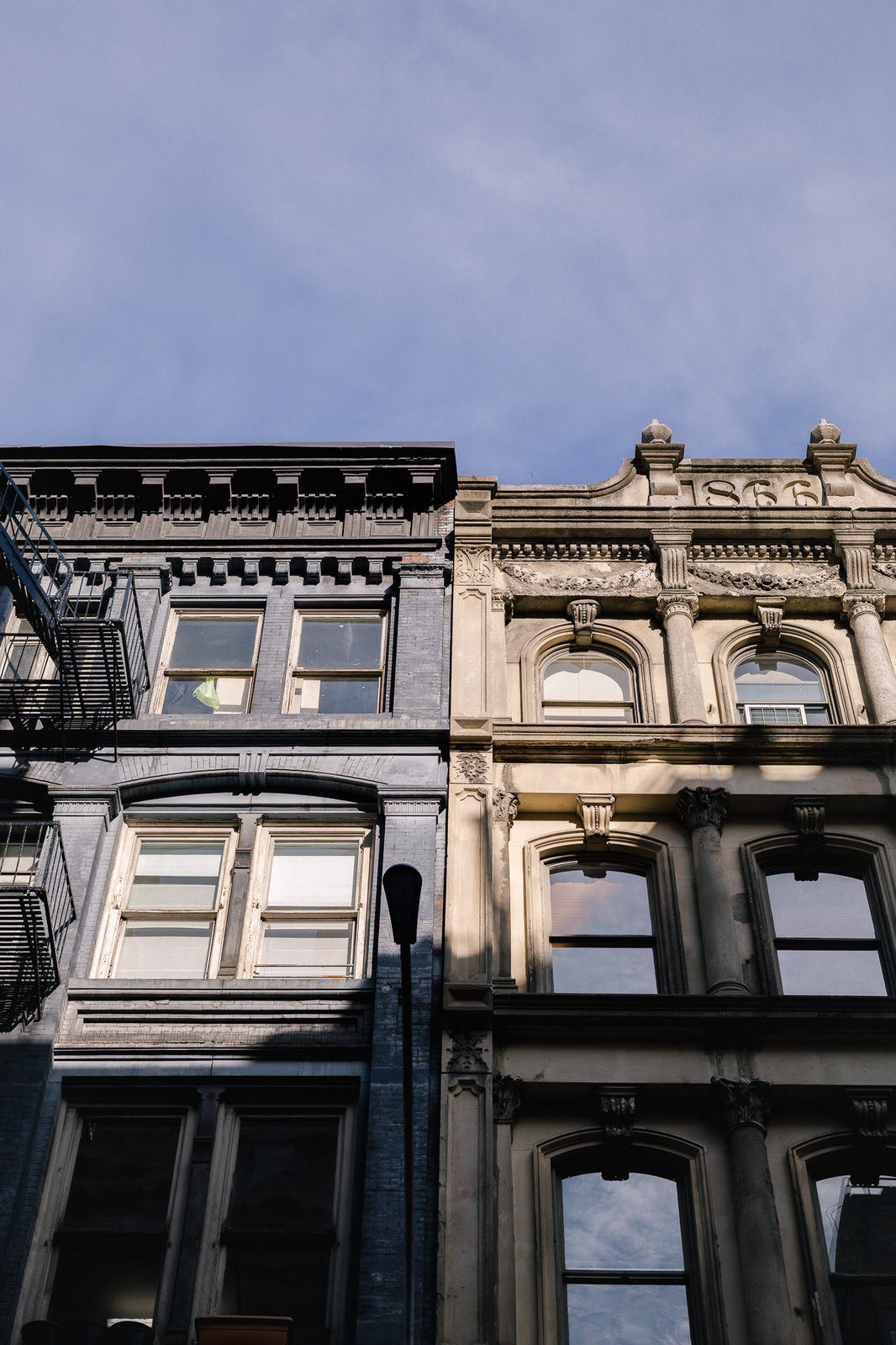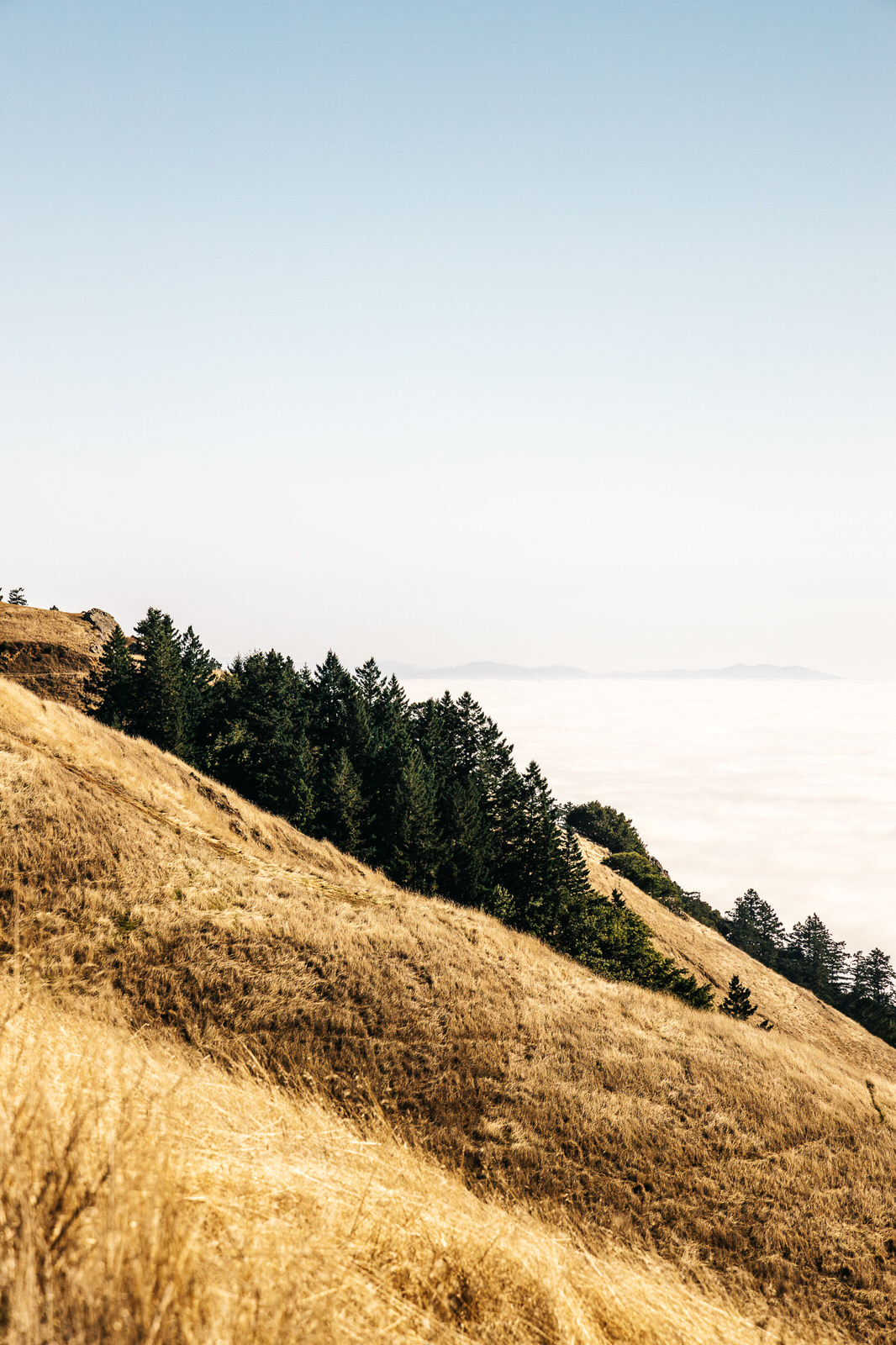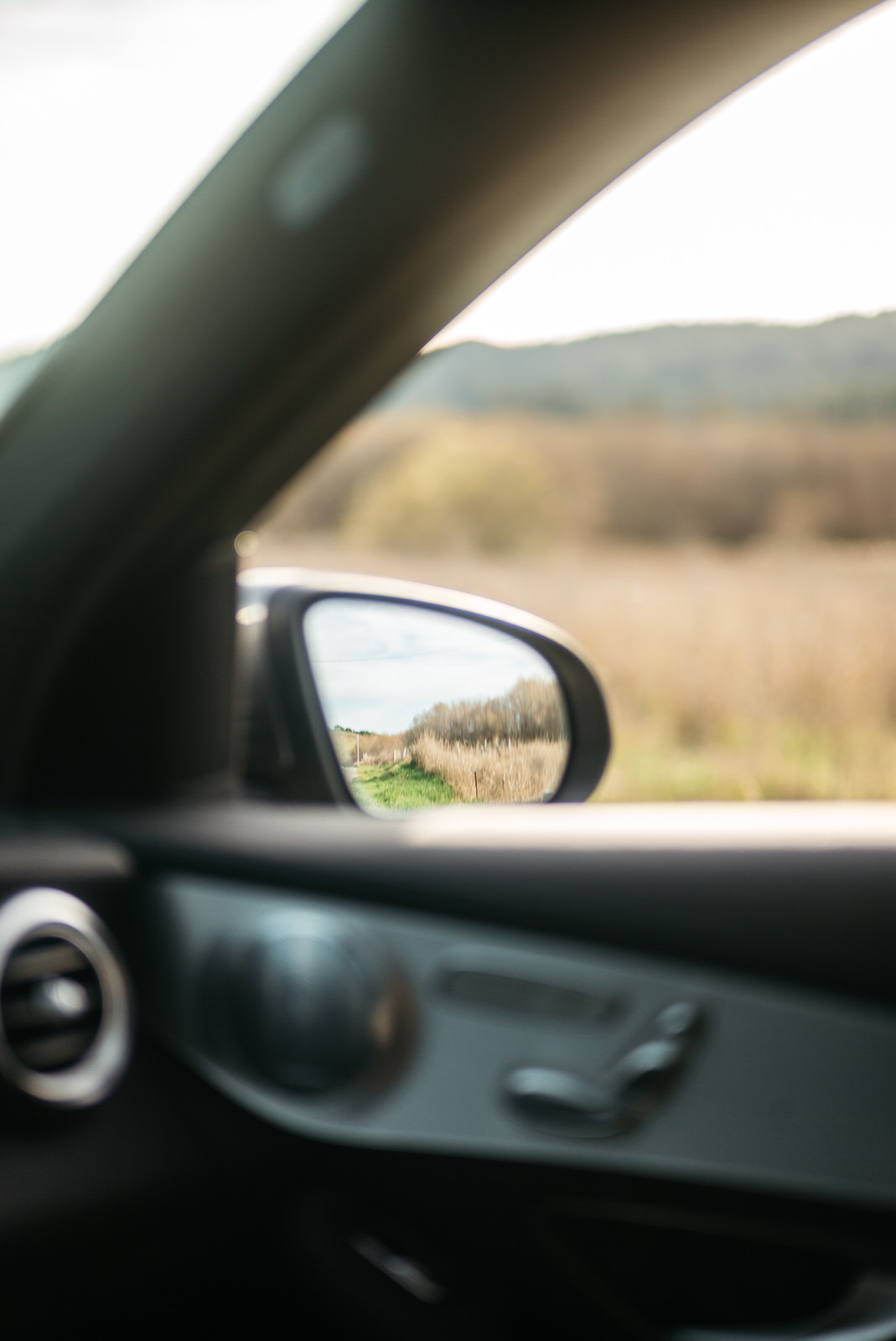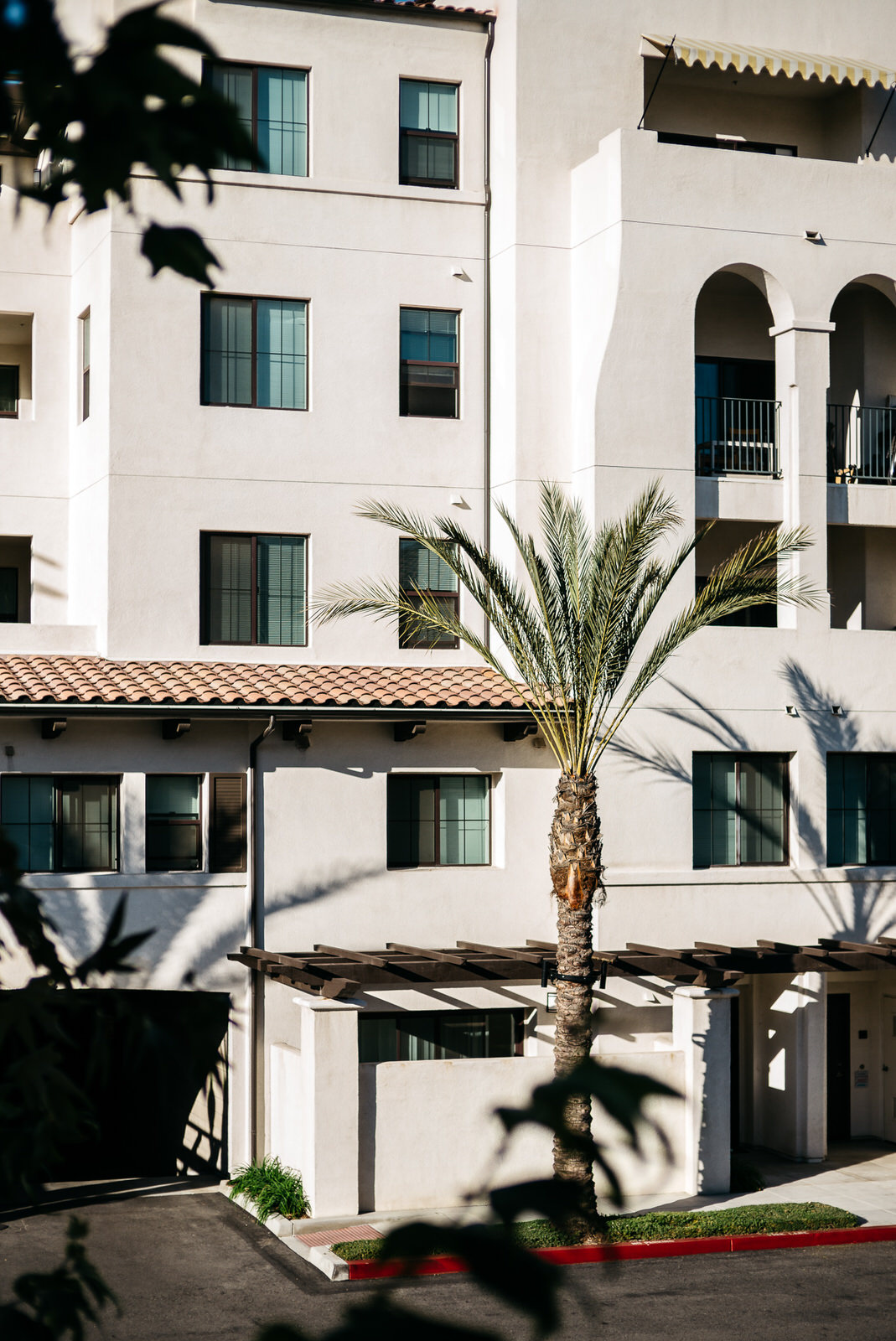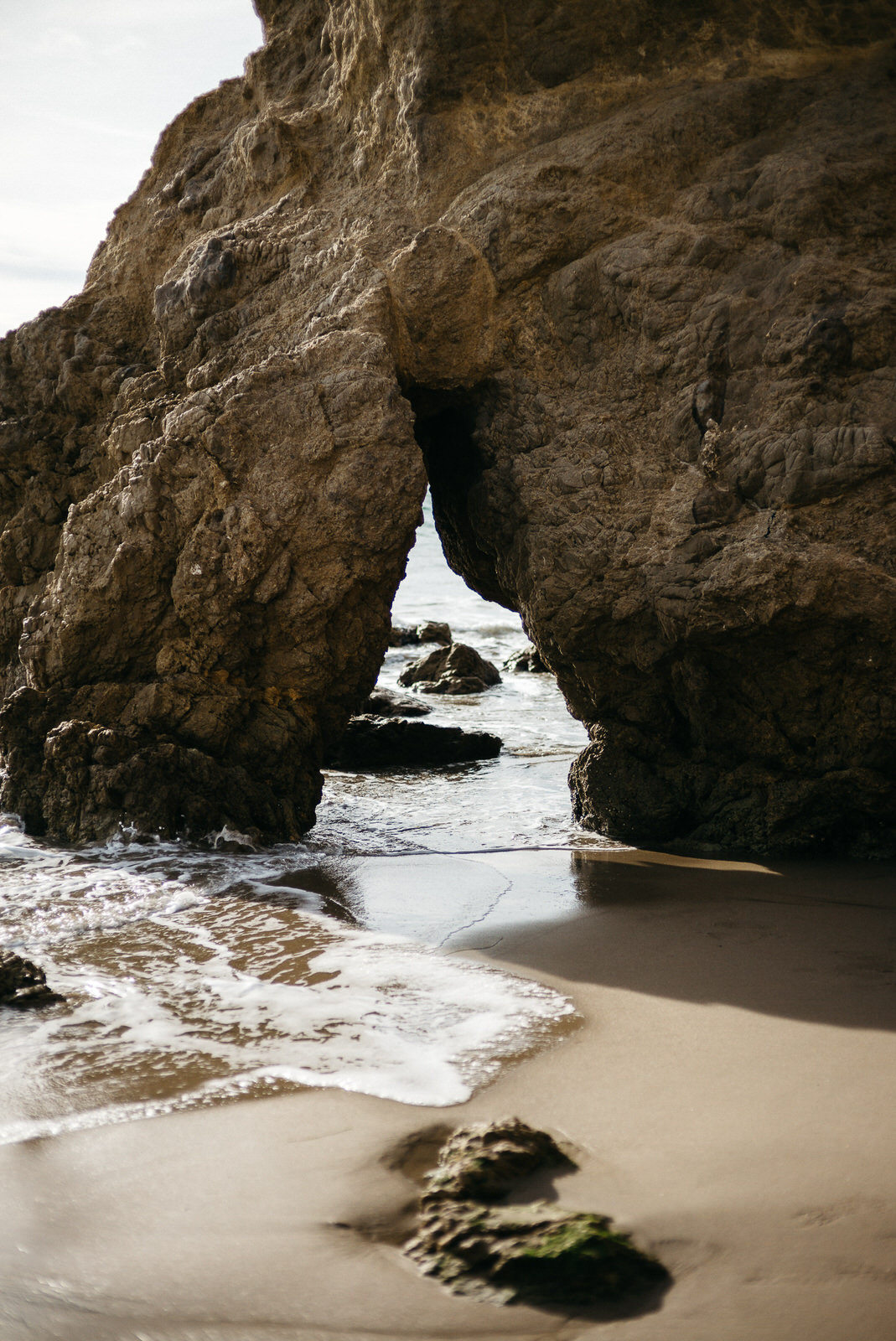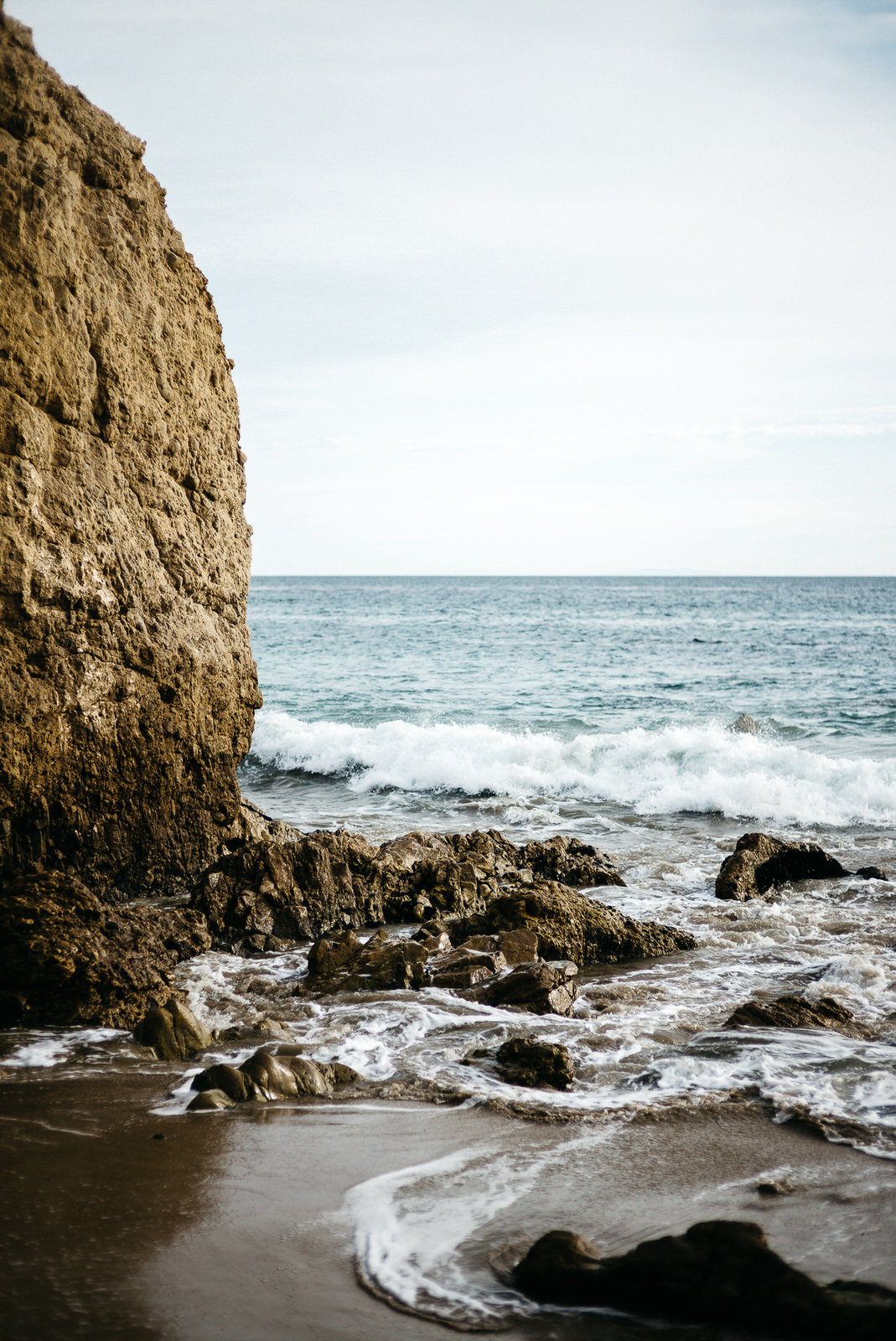
Faisal is a San Francisco based lifestyle photographer who currently shoots with a Leica M 240 rangefinder camera. These are his thoughts.
Watch Photography
Horology is another interest of mine and I’ve been inspired by HODINKEE’s magazine to experiment with watch photography. Here are some shots over the past several months. They were shot with the Leica Q-P and Canon EOS R.
Leica Q2
Leica was kind enough to send me a Q2 to play with for a couple weeks. The Q2 is their followup to the cult classic 28mm fixed-frame Q that launched back in 2015. I remember being in London the day the original Q was announced and I rushed over to Leica Mayfair to check it out. I ended up purchasing one for myself a few months later once they were able to be purchased through the stores after being sold out for months.
Fast forward to 2019 when Leica announced the highly anticipated Q2. How does one make something so great even greater? Leica decided to develop a new sensor with a higher resolution sensor, add better weather sealing, and a host of other practical enhancements that make the camera even more pleasant to use. As soon as I received the Q2 in the mail, I took it out to a Porsche event I frequent to capture some of the cool classics that make their way through it. Despite being a wide angle lens at 28mm, the Q2 also excels at macro photography which you can see in some of the photographs of watches towards the end.
Canon EOS R – Two Months Later
It’s now been a little over two months since I received the EOS R with the RF 24-105 F4L lens. I wrote some initial thoughts after my first outing with the camera and posted a couple more updates with some of the photos I created with it. In the time I’ve had it, I’ve shot in my hometown of San Francisco, and I’ve taken the camera on trips to Charlottesville, New York, Palm Springs, and Joshua Tree National Park; all locations where the camera performed up to my liking.
2018 has now come to an end. It was a weird year. One that I’m glad is behind us. One highlight late in the year was Canon announcing the EOS R. I had been shooting with my Leica M 240, one of my favorite cameras of all time, and my Fuji X-Pro, a camera I absolutely love with a sensor design that causes me grief (X-Trans). I was excited to hear both Nikon and Canon announce their entry into the full-frame mirrorless market, and ultimately I decided to go with Canon’s offering.
It’s now been a little over two months since I received the Canon EOS R with the Canon RF 24-105mm f/4L IS USM lens. I wrote some initial thoughts after my first outing with the camera and posted a couple more updates with some of the photos I created with it. In the time I’ve had it, I’ve shot in my hometown of San Francisco, and I’ve taken the camera on trips to Charlottesville, New York, Palm Springs, and Joshua Tree National Park; all locations where the camera performed up to my liking.
I’ve gotten several questions and inquiries asking for my thoughts on the camera, especially since the early reviews have been so polarizing. Everyone I’ve met in person who owns the camera has loved it, including a couple of my close friends and coworkers who have switched from other systems back to Canon. I’m including a few thoughts now that I’ve spent more time with the camera, along with a few photos I’ve created with it. I hope you enjoy them.
Gear
Canon EOS R
Canon RF 24-105mm f/4L IS USM Lens
Canon EF 50mm f/1.4 USM Lens
Canon EF 50mm f/1.2L USM Lens
Thoughts
Great lens lineup. I bought the camera as a kit with the Canon RF 24-105mm f/4L IS USM lens which I took on my trip to Joshua Tree and Palm Springs. It’s an optically stunning lens and one that is versatile as well. Coming from a Leica M with a Voigtlander Nokton 50mm f/1.5 Aspherical lens, which is my favorite lens I’ve ever owned, I was missing some unique character from the RF 24-105. I picked up a Canon EF 50mm f/1.4 USM lens for a decent price and felt a bit more comfortable shooting with a fast 50mm. Once again, this was closer to what I was looking for, but it still didn’t feel all that special. I then began searching for the Canon EF 50mm f/1.2L USM lens which I’ve been lusting after for years now. I finally picked one up a few days, and it hasn’t left my camera since. I love the way it renders images. A bit soft but with so much character.
Fantastic ergonomics. It’s sometimes amusing to see the EOS R next to its mirrorless rivals and wonder why it’s larger than the rest (especially since it doesn’t have IBIS), but once I pick it up and start shooting with it I remember why — it feels perfect in the hands.
Image quality is great. It's always a pleasure processing Canon RAW files. The Sony RAW files used to be challenging because of the colors, and the FUJI RAW files were difficult for me because of the X-Trans sensor. The Leica RAW files were always great, but the additional resolution is a nice benefit.
Endless customizability. This is one of the most customizable cameras I’ve ever owned. I’m still getting used to all the different configurations and setups, but I’m enjoying the process of trial and error. The menu systems are a joy to use (especially compared to that of the Sony A7 series).
After shooting Fuji X and Leica M for the past two to three years, I still feel a bit uncomfortable in some situations carrying around a camera that more similar resembles a traditional DSLR. Part of me feels like the camera makes me look too much like a tourist compared to the sleuth design and size of both Fuji and Leica’s cameras. This is purely psychological, and I’m sure other folks won’t have this concern at all.
Battery life is great. USB-C charging and data transferring is a game changer for traveling light, especially with the USB-C Apple MacBook Pro.
Images
Final Words
The past couple of months with this new system have been a joy. I’m excited for the RF lenses and the new mount. The EOS R is the vector for the new technology that Canon is introducing in their lenses and I get the sense they have come exciting products in the pipeline. I’m looking forward to this raveling in 2019 with the EOS R. I already have a trip to Spain and Italy booked and am in the process of a couple more where I’m sure I will be putting the camera to use. If you have any specific questions that I can help answer, feel free to leave a comment or shoot me a message and I’ll do my best to get back to you. You can also find me on Instagram. Thanks and happy new year!
Canon EOS R – First Thoughts
I've had the EOS R with the RF 24-105 F4 lens for a few days now and I got a chance to shoot with it over this weekend. I'm most recently coming from a Leica M system, but have owned a Fuji X and Sony FE system in the past, along with a Canon 6D. Because I've been shooting with mostly a rangefinder over the past two years, the EVF is taking some getting used to. I also started wearing eyeglasses during this time, which is proving to be less than ideal with any type of viewfinder.
I've had the EOS R with the RF 24-105 F4 lens for a few days now and I got a chance to shoot with it over this weekend. I'm most recently coming from a Leica M system, but have owned a Fuji X and Sony FE system in the past, along with a Canon 6D. Because I've been shooting with mostly a rangefinder over the past two years, the EVF is taking some getting used to. I also started wearing eyeglasses during this time, which is proving to be less than ideal with any type of viewfinder.
Ergonomics are fantastic. I have rather large hands. My pinky is right on the border of fitting, but I think it works.
The touchscreen is super responsive. Impressive for a camera company.
Image quality is great. It's always a pleasure processing Canon RAW files. The Sony RAW files used to be challenging because of the colors, and the FUJI RAW files were difficult for me because of the X-Trans sensor. The Leica RAW files were always great.
Battery life is great. USB-C charging and data transferring is a game changer for traveling light, especially with the new Apple MBP.
Less sex appeal compared to the Leica, but that's expected going back to a traditional camera company/system.
All shots taken with Canon EOS R and Canon RF 24-105 F4 lens. Edited with Lightroom CC. Please keep in mind that these photos are heavily compressed for web viewing.
One Year Later
It's now been a year since I added a Leica M240 to my collection. You can see my initial impressions and thoughts here. I've stuck with a single lens for my kit, the Voigtlander 50mm F1.5 lens, which I've been pleasantly pleased with. The DNG files are a joy to edit and work with. They have plenty of latitude and the traditional bayer setup makes for speedy processing (compared to Lightroom's handling of Fuji's X-Tran's sensor pattern). I picked up a Leica EVF a few weeks ago, specifically for nighttime use and any other times where I'm a bit time/quality constrained and need to get the shot and move on.
It's now been a year since I added a Leica M240 to my collection. You can see my initial impressions and thoughts here. I've stuck with a single lens for my kit, the Voigtlander 50mm F1.5 lens, which I've been pleasantly pleased with. The DNG files are a joy to edit and work with. They have plenty of latitude and the traditional bayer setup makes for speedy processing (compared to Lightroom's handling of Fuji's X-Tran's sensor pattern). I picked up a Leica EVF a few weeks ago, specifically for nighttime use and any other times where I'm a bit time/quality constrained and need to get the shot and move on.
Below are a few of my favorite photos from the past year. I hope you enjoy them.
A Photographer's Thoughts on the iPad Pro
Just a few days ago, we celebrated the iPhone's 10 year anniversary. There's no denying the impact this device had on the technology industry, and the world as we know it. When the iPad was originally introduced, many critics argued that it was just a larger iPhone and that it would go down in history as such. However, with the ten year anniversary of the iPhone, the iPad finally becomes its own. The iPad Pro with iOS 11 seems to finally be the computer many of us were always looking for. I picked up a 10.5" model a few weeks ago, after a long hiatus from iPad ownership, mostly due small variation in screen size between the Plus sized phones and the 9.7" iPads.
Just a few days ago, we celebrated the iPhone's 10 year anniversary. There's no denying the impact this device had on the technology industry, and the world as we know it. When the iPad was originally introduced, many critics argued that it was just a larger iPhone and that it would go down in history as such. However, with the ten year anniversary of the iPhone, the iPad finally becomes its own. The iPad Pro with iOS 11 seems to finally be the computer many of us were always looking for. I picked up a 10.5" model a few weeks ago, after a long hiatus from iPad ownership, mostly due small variation in screen size between the Plus sized phones and the 9.7" iPads.
When it comes to editing photos, I use my MacBook Pro 75% of the time, with the remaining time spent on my iPhone. I try to force myself to edit on my laptop when possible to ensure consistency with my post-production process. I have a few presents I've created and tuned over the years and even when using the same presents on my mobile phone, the result tends to be a bit different when compared to the result of editing on my computer. This is probably due to the difference in display color profiles, brightness, etc.
One of the reasons why the iPad Pro is such an exciting device is that with the new hardware combined with the extensibility and robustness of iOS 11, it finally feels like it can offer a richer and more fluid photo editing experience compared to a traditional computer. Having the gorgeous 10.5" ProMotion display only inches from your eyes, and being able to edit curves and retouch blemishes with the Apple Pencil is like editing in the future.
Now that it's been a few weeks since the device was launched, many of you may be wondering how close the dream is to reality. In short, it's really damn close. I still think the hardware far outshines the software, but that gap is mostly specific to third party software, as Apple's iOS 11 has made tremendous leaps forward this year. Below are some thoughts about the main workflows and apps that photographers will be interested in working with.
Apple Photos
Ever since Apple transitioned from iPhoto/Aperture to Photos a few years ago, I've used it to store and backup all my iOS images along with some curated camera photos, after editing them in Lightroom or elsewhere. My library is close to 50,000 photos, and around 200 GB. With Photos on OS X, I have a few Smart Albums setup for each of my cameras. These albums use camera make and model metadata to filter and show photos taken with a specific camera, so it's easy to see all my photos shot with a Fuji, or with my Canon, etc. One of the downsides of Photos on iOS is that it doesn't support Smart Albums. Thus, these albums show up empty when I view them on my phone. I'm always looking for ways to filter and bubble up photos from specific days, camera, etc. so I'd love to see this come to iOS soon.
Apple Photos on OS X — Smart Albums for each camera vendor
VSCO
VSCO for iOS was the first photo editing application that I began using even before buying my first "real" camera. Over the years, I've moved away from it for a few reasons, one of them being the lack of granularity via curves. I'm a subscriber to their VSCO X membership, which offers some exclusive filters, but I hardly find myself using the app. I find that it takes me too long to use, due the initial presents and settings being too dramatic, forcing me to dial them all back. The end result is great for social media, but I find the image lacking detail when viewing them on a larger screen.
Flickr
This isn't a photo editing app, but it's still a go-to for me on multiple platforms. Flicker provides 1TB of storage free for all users. I use this as an easy way to store my favorite photos in the cloud, but it also allows me to instantly access these photos from all my devices. I'm sometimes hesitant to dump large amounts of RAW files into Apple Photos since I've had issues in the past with the service syncing RAW files (which I believe has been fixed in iOS 11).
Lightroom Mobile
LR mobile is the app that should rule them all, but this is not currently the case. LR has made huge improvements recently, but the app is still lacking some core features of is desktop counterpart, such as user presets and filters. There are some workarounds to access these, such as copy/pasting edits from a synced photo that includes the settings contained in the present, but this isn't ideal and is lackluster. The live histogram and extensive toolset of editing options are welcome though. If Adobe can dedicate some more resources and time to this, it could really convince many folks to edit solely on the iPad.
Priime RAW
Priime is the newest kid on the back, with the iPad app just releasing last month. I've been a Priime user on iOS since it was launched and I've been beta testing their new iPad app for a little while now. It's one of the few iOS apps that actually supports full editing of RAW photos, with the other being VSCO (with some of their exclusive filters). I'm not sure how I feel about the app needing a subscription rather than a one-time purchase model, but it's definitely my favorite editing app right now. It uses machine learning and their own algorithms to suggest filters that would best suit your photos, which is awesome. One aspect of the app that can be frustrating is that you can't save any metadata within the app, since it doesn't seem to use its own database. Rather, it overwrites or saves a copy of the photo you're editing. This makes it a bit slow and cumbersome when switching between photos since the OS constantly asks what you want to do with the photo before moving to the next.
Closing
I don't think this is the end of this investigation. I'm eager to see how each of these applications progresses over the next few months, with iOS 11 being released in the fall. The iPad has proven to be a great canvas for many of the needs of the photographer; however the applications are still lacking in some regards. Another favorite app that I use regularly on my iPhone is Darkroom; however there isn't currently a version for iPad. Darkroom is great because it offers curves and is non-destructive while also omitting the need to import photos, which leads to a more fluid user experience while also decreasing storage space.
As always, if you enjoy these photos, you can see more on my Instagram.
Lessons Switching from Mirrorless to a Rangefinder
Going from a state-of-the-art mirrorless system to a range finder system will be considered a backward move by many. On paper, you're giving up a lot in return for little upside. In reality, though, the story is a lot more complicated. You can read my thoughts on my recent switch to a Leica system here. To be fair, I haven't switched systems in the traditional sense, since I still own all of my mirrorless equipment because there's still a time and place where that just makes sense. Having an arsenal of many options ensures you'll always have the right tool for the job.
Going from a state-of-the-art mirrorless system to a range finder system will be considered a backward move by many. On paper, you're giving up a lot in return for little upside. In reality, though, the story is a lot more complicated. You can read my thoughts on my recent switch to a Leica system here. To be fair, I haven't switched systems in the traditional sense, since I still own all of my mirrorless equipment because there's still a time and place where that just makes sense. Having an arsenal of many options ensures you'll always have the right tool for the job.
Composition
Because the viewfinder of a rangefinder camera is fixed and does not communicate with the lens or the electronic, you're limited to a single field of view. What you do get, however, are frame lines representing the focal length of the lens you've chosen. This is certainly a unique aspect of shooting with a rangefinder, and I find it has both pros and cons. I find that there are certain scenes where it's beneficial to have the perspective to see what falls outside of the frame, especially with moving subjects that you're waiting to enter the frame. On the other hand, there are times where this can become distracting when al you want to focus on is what the result will look like, and you don't necessary care about all the extra data that falls outside of the image.
Spray and Pray
This is an idea what one of my good friends recently engrained in my mind when discussing some cryptocurrency investment strategies (this deserves its own discussion for another time). This idea holds equally true for modern digital cameras. I can't even count the number of articles, tutorials, and blog posts that recommend shooting more frames to increase your likelihood of keepers. While this makes sense in certain times and places, such as when you're working the scene with street photography, I prefer the photos I make when I've put thought and care into the photographic process.
Self-Doubt
This next lesson may not apply to everyone, especially those with less than perfect vision. Coming from a DSLR and Mirrorless system where you can preview focus through the viewfinder/EVF, it can be quite tricky to know if you've nailed down focus via the rangefinder mechanism. When I think back on the times I've gone out with my Leica M, there are many times where I snap a photo, and immediately doubt myself as to whether or not I nailed critical focus. The majority of the time I notice my focus is perfect, but until you get used to the focus patch in all lighting situations, it's easy to doubt yourself and think you missed focus. This is easily addressed with a digital rangefinder camera because you can verify on the rear LCD, but this is likely either a skill you earn over time or a minor issue that comes with the territory for film rangefinders.
Closing Thoughts
Trust the process. What it all boils down to is the vision you as a photographer have for the image. Different scenarios will call for different tools, and for my style of shooting, the rangefinder currently fills that role. Things change and so will my photographic style, and the result could indeed call for a more efficient and work-oriented rig. But for the time being, I'm enjoying this flashback from the past and learning about the craft.
As always, if you enjoy these photos, you can see more on my Instagram.
All shot with a Leica M 240 and Voigtlander Nokton 50mm f/1.5 Aspherical Lens.
Two Months With a Leica M 240
Ever since I jumped into photography several years ago, I've always had a fascination with Leica. I used to think their cameras were overpriced and absurd — they were heavy and lacked many of the latest features I was accustomed to being on the latest DSLRs. As I became more comfortable with my cameras and as I began understanding my shooting style, I naturally started transitioning from DSLRs to mirrorless, and finally to a rangefinder system. With this self-realization and longer tenure with the craft, I started to appreciate Leica for what the brand and philosophy stands for and for the value their products bring to their users.
[Not] Love at First Sight
Ever since I jumped into photography several years ago, I've always had a fascination with Leica. I used to think their cameras were overpriced and absurd — they were heavy and lacked many of the latest features I was accustomed to being on the latest DSLRs. As I became more comfortable with my cameras and as I began understanding my shooting style, I naturally started transitioning from DSLRs to mirrorless, and finally to a rangefinder system. With this self-realization and longer tenure with the craft, I started to appreciate Leica for what the brand and philosophy stands for and for the value their products bring to their users.
Jumping forward to 2017, I finally convinced myself that perhaps it was time to pick up a Leica M. With the M 10 having just been announced, the market for M 240 was perfect for buyers. I was able to find an excellent M from a local camera collector and photographer, and I was instantly in love with the camera. The RF mechanism took a few days to get used to, but it has since become second nature. (I don't shoot many fast-paced subjects, so keep this in mind when reading this.) Out of hundreds of shots I've taken since I've owned this camera, I can count on one hand the number of shots I've had to discard because of focus issues. And most of these shots were ones that I knew weren't properly focused at the time of exposure, often due to trying to shoot with one hand, etc. Here are some shots from my first few days with the M.
Picking a Lens
Your lens is just as, if not more, important than the camera you're using. This is true for all cameras, not just Leica. Thus, it took me a fair amount of time to decide what my first lens for the M 240 would be. Initially, I looked at the Leica 50mm Summicron, but ultimately wanted something less damaging to the wallet in case I decide that the RF system wasn't right for me. I then received a recommendation from one of my favorite automotive photographers, Ted Gushue, and picked up the Voigtlander 50mm 1.5. Some Leica purists may turn away at this point, but I prefer the rendering of the Voigtlander lens to the Summicron on many occasions, despite its much more affordable price tag. The Voigtlander has a much more classic look which ends up working beautifully with my favorite type of subjects — vintage cars (more).
Compared to Fuji
My first serious camera was a Fuji X-T1 that I purchased back in 2013. I didn't keep it for long because I thought I needed more than 16 MP and I was having trouble working with the X-Trans images in Lightroom. Both of these issues have pretty much been solved with the current Fuji lineup. I picked up a Fuji X-Pro2 when they became available in early 2016 and it was been one of my favorite cameras ever since. I've taken my Fuji rig on many trips with me, including a recent safari in South Africa. One of the best aspects of the Fuji system is their lenses. Fuji offers a very thorough and well-thought collection of lenses covering almost all uses and desires, including the highly-regarded XF 56mm F.12, which I recently purchased.
The image quality, the design, the usability is all best of class. The X-Pro2 gives you a lot of the Leica feeling without the jaw-dropping price tag, and I generally recommend this camera to anyone who asks for a recommendation. With the M, however, you get a whole different shooting process. It's a slower, more deliberate craft. It's also much less forgiving due to the manual focus and classic metering system. But once you master it, it's truly rewarding. The images you get with the full frame sensor and M glass is unique, and it may generate files that require the least post-processing of any other camera I've owned, including Sony, Canon, Nikon, and Fuji.
Despite having not touched my Fuji system since I picked up the M 240, I do keep it around for those occasions where it may be the right tool for the job, such as my niece or nephew's birthday or a fast-paced engagement shoot.
Closing Thoughts
Quality over quantity. That's what I feel is the Leica M 240's motto. Compared to when I shot with any other camera system, my gut feeling is I come away with fewer shots — less spray and pray. Because of the manual controls and manual focus, I feel a strong connection to the photos I create with this camera. It's almost as though I'm capturing and preserving moments of my life rather than purely snapping photos, which is a very subtle yet strong distinction.
As always, if you enjoy these photos, you can see more on my Instagram.
Sample Photos
All shot with a Leica M 240 and Voigtlander Nokton 50mm f/1.5 Aspherical Lens.
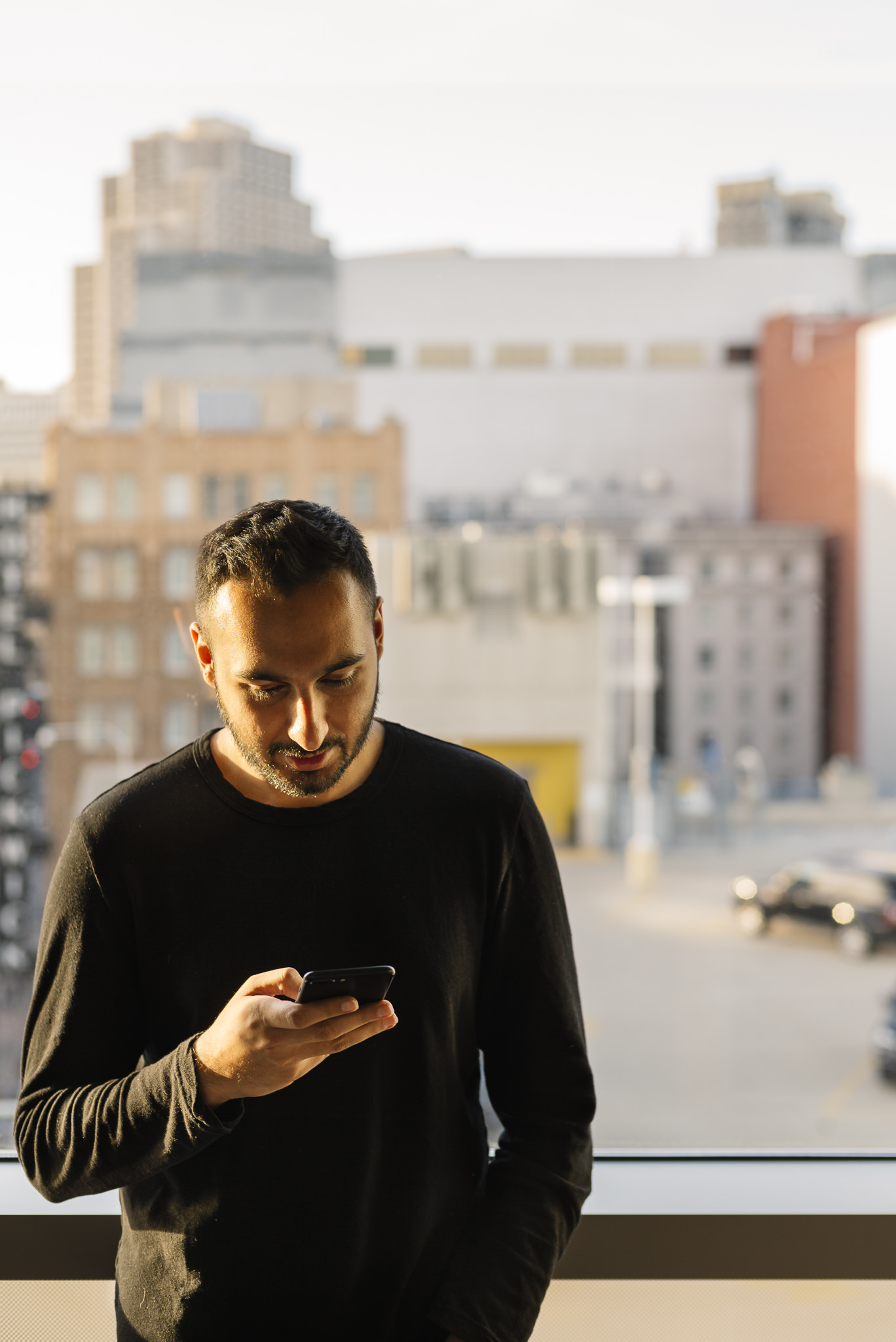



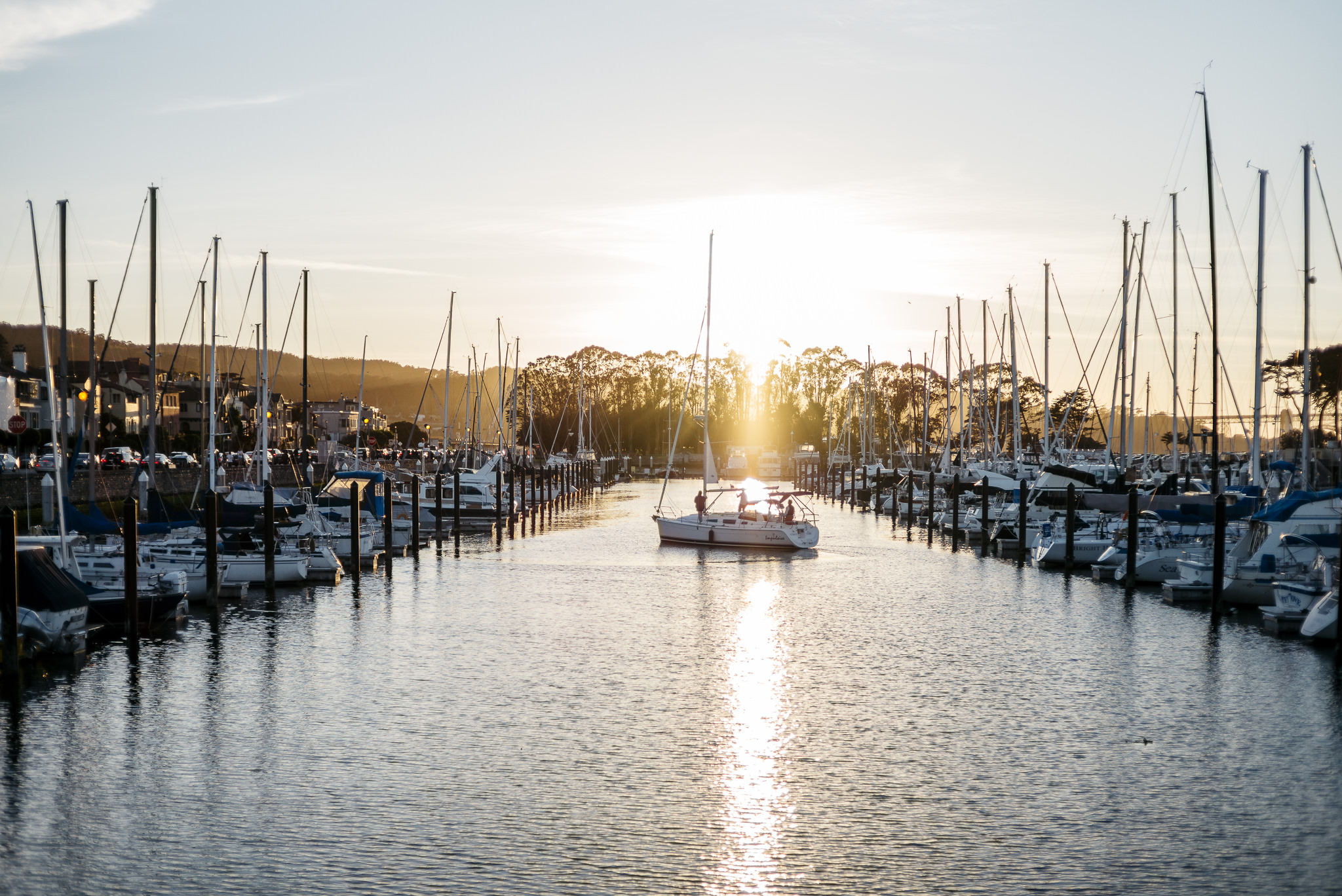
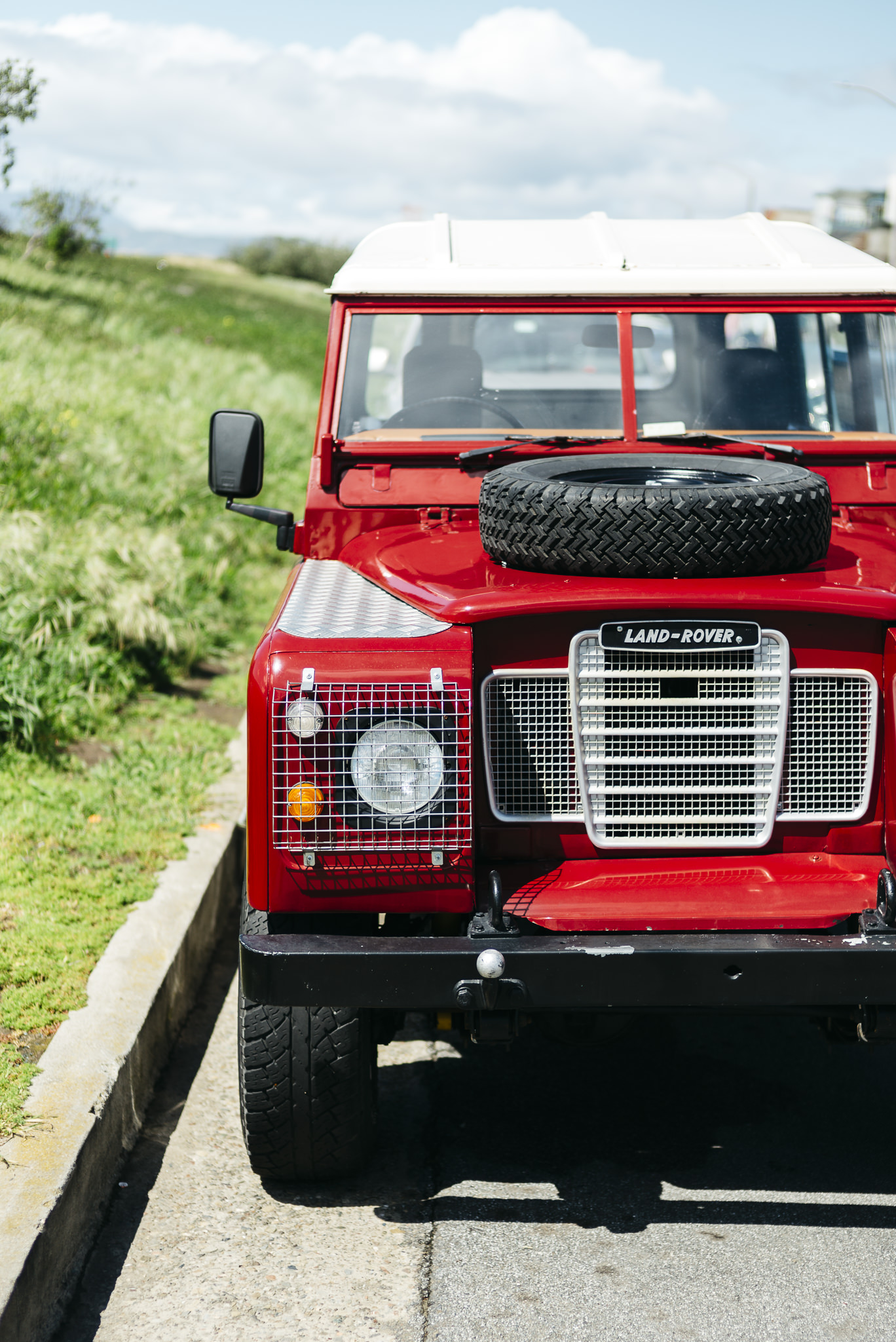
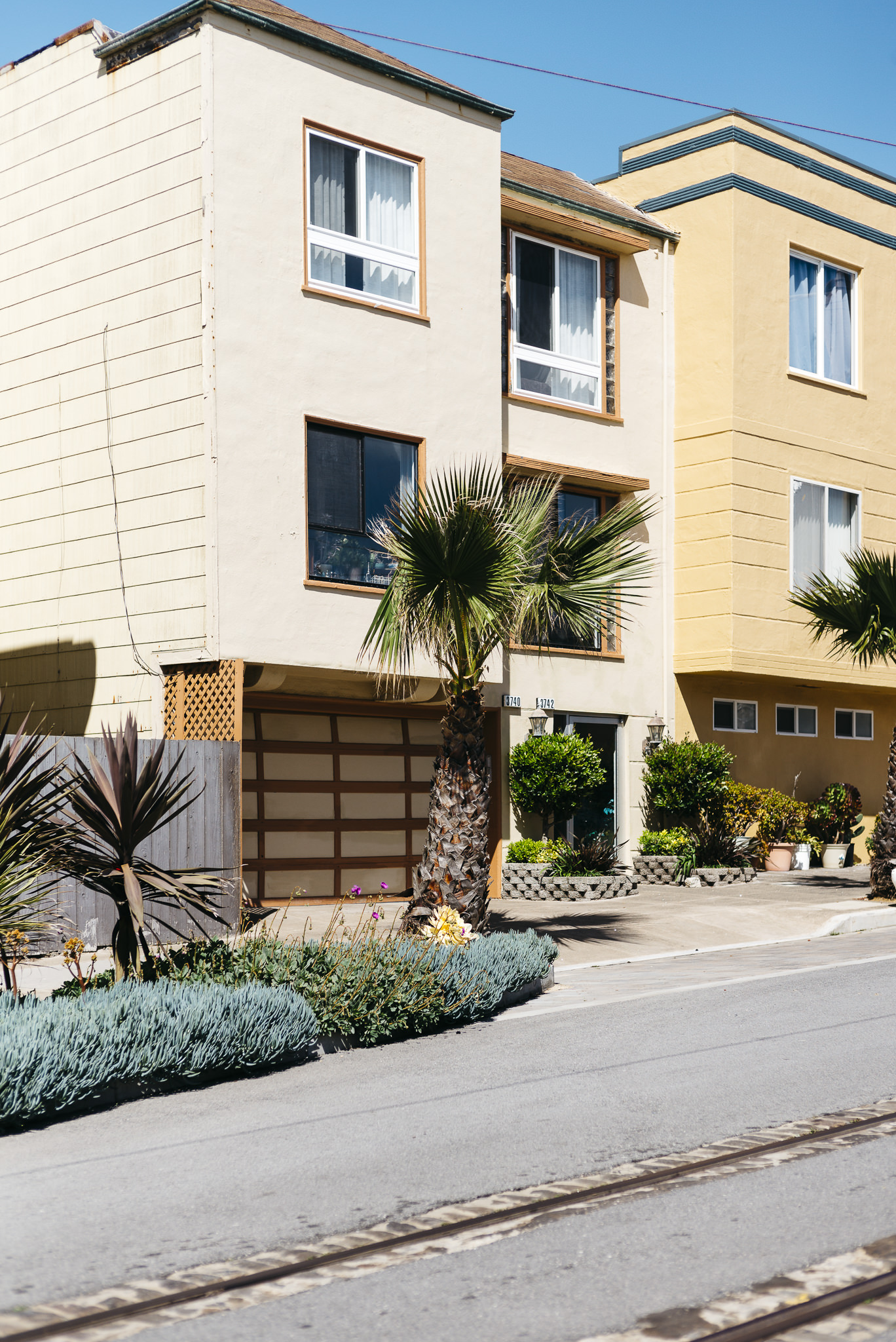

Voigtlander Nokton 50mm f/1.5 Aspherical
I finally picked out my first lens for my newly acquired Leica M (240) — the Voigtlander Nokton 50mm f/1.5 Aspherical lens. I'm enjoying it so far, but I should have a better idea of how it performs over the weekend. Enjoy!
My First Leica (M 240)
I picked up a Leica M (240) last weekend to complement my Fuji X-Pro2. I absolutely love the X-Pro2 but have always wanted a Leica and look forward to the more traditional and slower process. I'm borrowing a friend's Voigtlander 35mm F1.7 (screw mount) lens with an M-mount adapter at the moment. My Voigtlander 50mm F1.5 lens was supposed to arrive today, but should be arriving tomorrow due to the tornados in the midwest. I can't wait to start playing with it and posting some photos.









